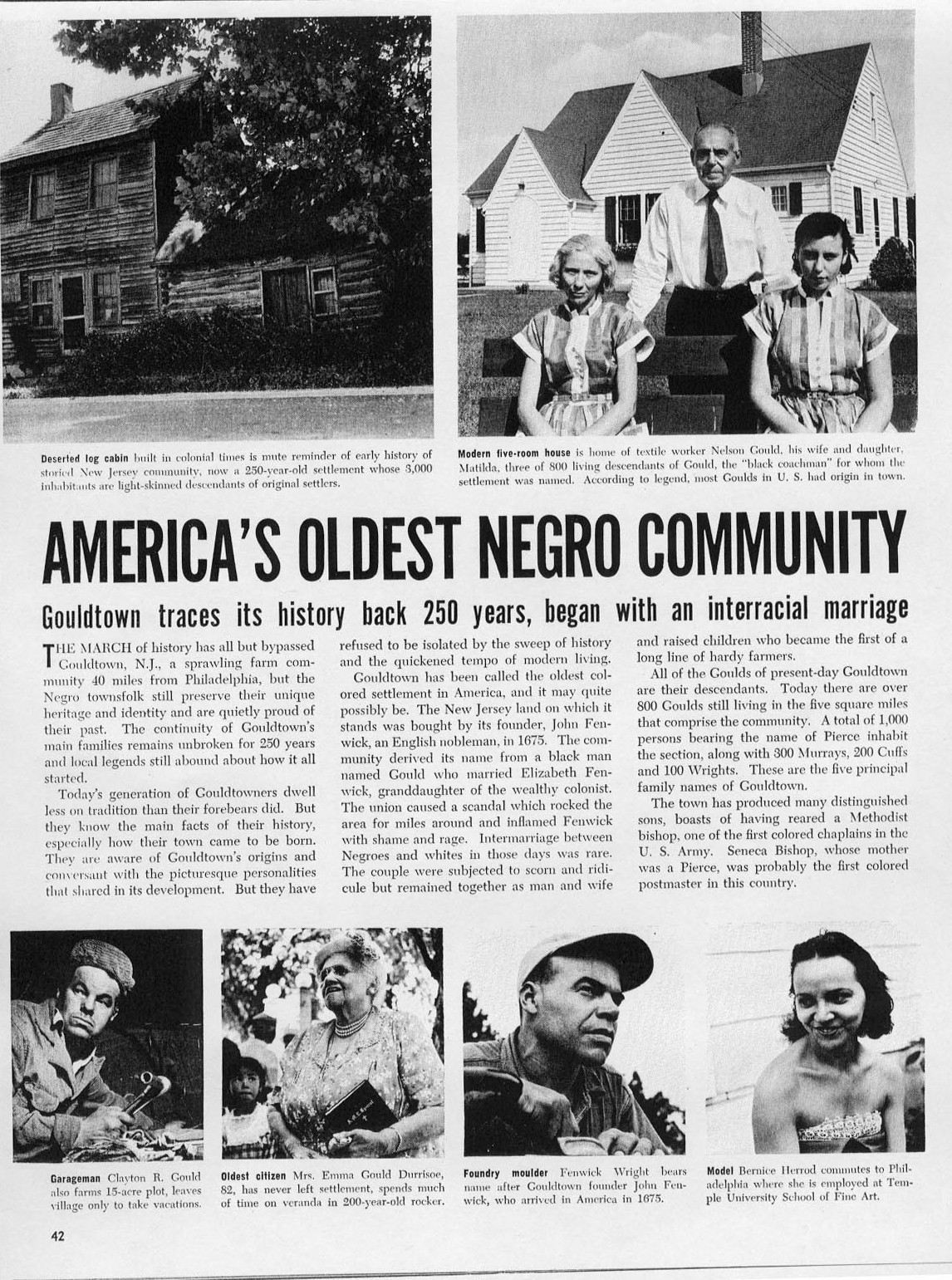Seeking Roots in Shifting Ground–Dr. Laura Tugman’s topic for 18th Union, June 28Posted in Anthropology, History, Live Events, Media Archive, Tri-Racial Isolates, United States on 2014-06-04 18:03Z by Steven |
Seeking Roots in Shifting Ground–Dr. Laura Tugman’s topic for 18th Union, June 28
Melungeon Heritage Association: One People, All Colors
2014-05-20
18th Melungeon Union
Vardy, Tennessee and Big Stone Gap, Virginia
2014-06-27 through 2014-06-28
Dr. Laura Tugman will discuss her doctoral dissertation, entitled Seeking Roots in Shifting Ground: Ethnic Identity Development and the Melungeons of Southern Appalachia. Her research examined the experience of Melungeon ethnic identity development through ethnographic interviews with Melungeon individuals in Southern Appalachia. Her study concluded that the identity development process and group dynamics occurring within the Melungeons present challenges to the current multicultural psychology literature regarding ethnic identity development. As recently as the early 1990s, many believed that the Melungeons would soon be completely assimilated into mainstream white America. More recently, the formation of the Melungeon Heritage Association has renewed ethnic pride for many Melungeons who have either previously concealed their heritage—or were not even aware of it—due to a long-standing generational practice of concealing Melungeon heritage. Dr. Tugman examined the ethnic identity development process and life experiences of Melungeons, particularly the impact of social dynamics, both within and outside the group, on self-identification.
For more information, click here.
